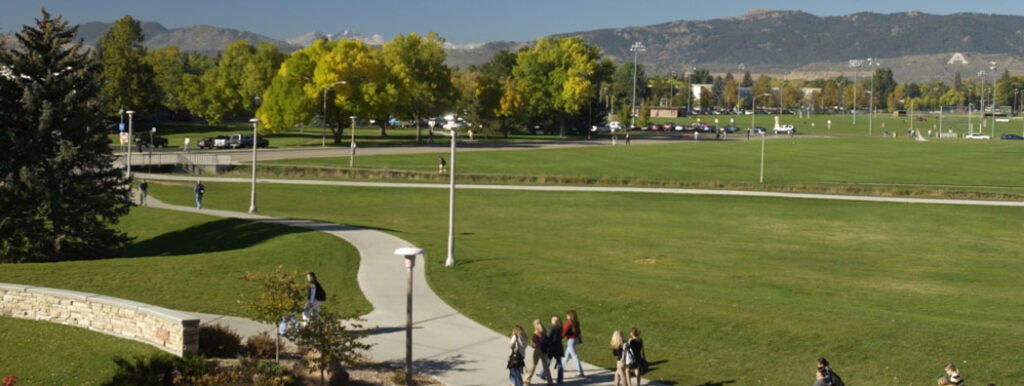AED/CPR

The American Red Cross reports that more than 200,000 Americans die of Sudden Cardiac Arrest (SCA) every year. Up to 50,000 of these deaths could have been prevented if someone had initiated the Cardiac Chain of Survival, and an automated external defibrillator (AED) had been available for immediate use at the time of the emergency.
In an effort to help improve SCA survival rates, CSU has installed AEDs in numerous buildings across its multiple campuses. AEDs continue to be added to both existing buildings and new construction projects as needed in order to reduce bystander response time. Along with the numerous AEDs at CSU, it is highly recommended that all faculty, staff and students learn how to perform CPR and use the AED. With proper awareness of lifesaving skills and an increased bystander willingness to help, hopefully we can help decrease the rate of SCA.
Training
CPR, AED, & First Aid Training
The Office of Risk Management & Insurance offers AED Orientation and Adult and Pediatric CPR, AED and First Aid classes. Each of these classes are offered on a regular basis and are open to all CSU faculty, staff, and students.
Classes are held in the General Services Building in room 340.
Hands-only CPR is a crucial life-saving skill that empowers individuals to respond effectively during emergencies. This simplified form of cardiopulmonary resuscitation focuses solely on chest compressions, eliminating the need for mouth-to-mouth ventilation. The importance of hands-only CPR lies in its accessibility and ease of learning, making it more likely for bystanders to intervene in a cardiac arrest situation. Individuals can familiarize themselves with the proper techniques and gain the confidence to act swiftly when someone’s life is at stake by learning this simple technique. The below video serves as a valuable educational resource, promoting the widespread adoption of hands-only CPR and contributing to a community equipped to respond effectively in emergencies.
AED Information
AED Monitors
RMI’s AED program works to maintain over 260 AEDs across campus and we partner with AED monitors to assist with the monthly inspection duties.
Each AED, according to manufacturer instructions, must be inspected once every month to ensure that it says “OK” on its display. We use a web service to track these inspections. The entire inspection and inputting process takes less than five minutes, once per month.
AED Locations
AED locations across campus can be found on CSU’s interactive map.
On the left side menu bar, click the Health and Safety drop down button and check the box for AEDs. Click the pins on the map to see additional location information and pictures.
For additional AED locations throughout the city, state, and throughout the U.S., see the PulsePoint website. PulsePoint provides a mobile application regarding AED locations, Cardiac Arrest Events in Progress, etc.
More information about SCA and AEDs
Sudden Cardiac Arrest (SCA) cases are usually due to abnormal heart rhythms. Victims of SCA collapse and quickly loose consciousness. Unless a normal heart rhythm is restored, death will follow in a matter of minutes.
An AED is an electronic device that applies an electric shock to restore a normal heart rate. AEDs provide visual and auditory information to guide responders in its use. To learn more, see the video below and consider completing online AED orientation.
Automated External Defibrillators (AEDs) play a pivotal role in saving lives during sudden cardiac emergencies. These portable devices deliver an electric shock to the heart, restoring its normal rhythm in cases of cardiac arrest. The significance of AEDs lies in their user-friendly design, enabling even untrained individuals to provide crucial assistance until professional help arrives. Everyone should familiarize themselves with the proper usage of AEDs. The video below is one of many that can help empower viewers to confidently respond to cardiac emergencies and contribute to a safer community by increasing awareness about the life-saving potential of AEDs.
